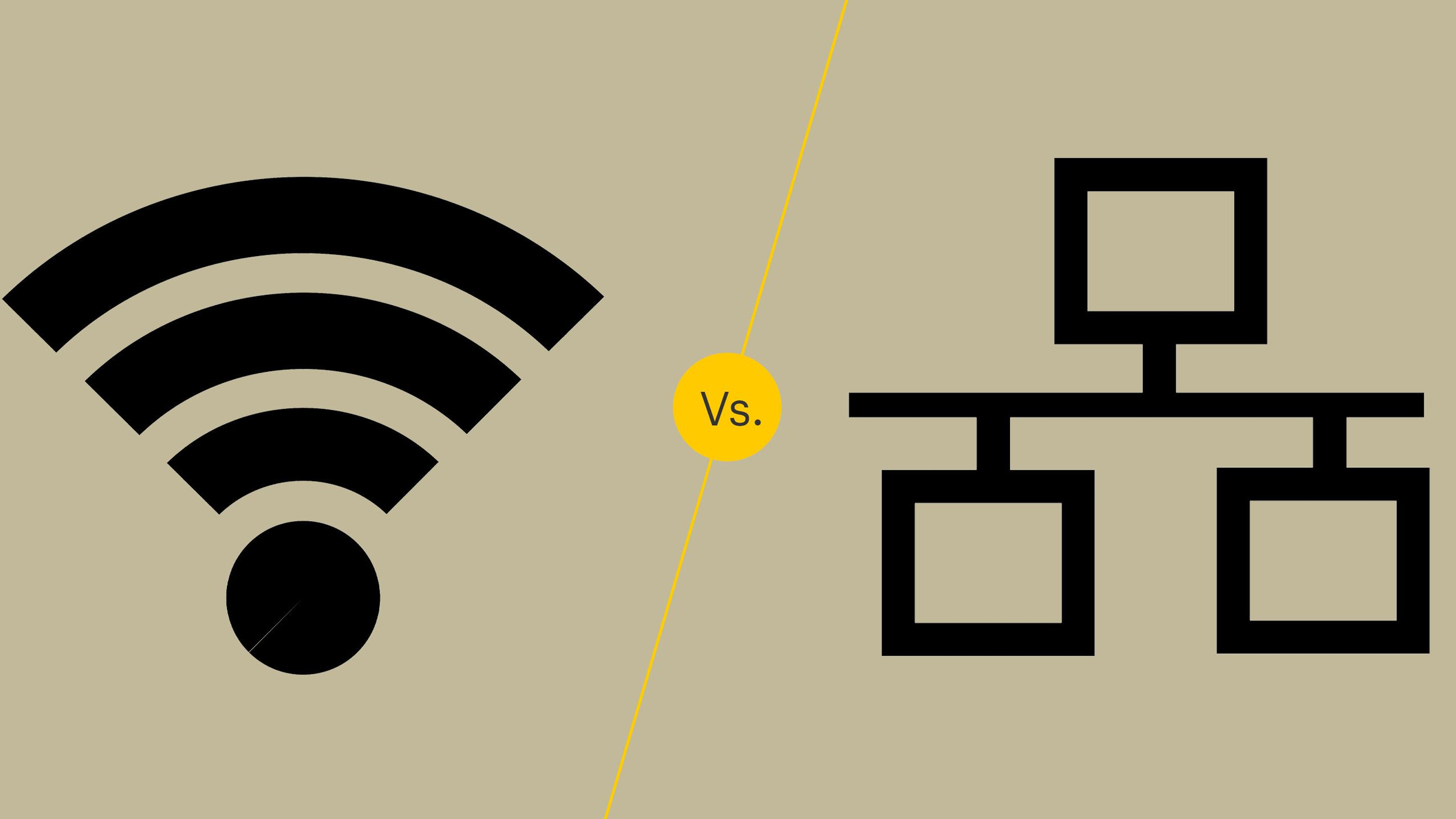Wired and Wireless Networks
- Understand that networks can be wired or wireless.
- Discuss the advantages and disadvantages of wireless networks as opposed to wired networks.

Wired Networks
- Use either copper network or fibre-optic cables to physically connect the devices.
- Often found in office networks where the devices tend to be in fixed positions and do not move around.

Copper Cable
- Individual copper wires that are arranged as twisted pairs.
- The twisted pair reduces interference from other signals, improving transmission.
- Different categories of cable have different transmission rates and ranges.
- Most computers have built-in ethernet ports and ethernet cable is inexpensive, so for offices wired networks are relatively cheap and reliable to implement.

Fibre-Optic Cable
- Made of many thin glass strands (fibres), which transmit data as pulses of light.
- They do not suffer from electical interference.
- Very high bandwidth, up to 100 terrabits/second.
- Capable of transmission distances of 100 km.
- Used to connect wide area networks (WAN).
- More expensive than copper cable.

Wireless Networks
- Use radio waves to connect devices, usually WiFi and/or Bluetooth.
- The strength of the signal decreases with distance from the source.
- This makes them suitable for networks covering a small area.
- Ideal for mobile devices: smart phone, headphone, laptop.

Advantages
- The speed of data transmission is fairly quick.
- The connections are stable and reliable.
- It is easier to maintain security as all data packets pass through a single point.
- Relatively hard to hack from outside the network.
- Cheap to set up, do not require cables.
- Easy to set up, most devices connect automatically.
- Users can connect and move around as long as they are in range.
- Additional devices can quickly and easily be added to the network.
Wireless
Wired
Disdvantages
- Computers can only be used in fixed locations.
- Can be costly to install due to the specialist hardware required.
- Specialists may be needed to maintain the network.
- The transmission speed is slower.
- The transmission range is limited by walls and other obstacles.
- Can be less stable, the connection may 'drop out'.
- Less secure, data packets can be intercepted during transmission.
Wireless
Wired
Questions
- Identify two ways in which a desktop computer may be connected to a home network.
- Identify a type of medium suitable for connecting WANs across large geographic areas.
- State two advantages of using a wireless network.
- State two disadvantages of using a wireless network.
Questions
- Identify two ways in which a desktop computer may be connected to a home network.
Ethernet cables or using WiFi
Questions
- Identify a type of medium suitable for connecting WANs across large geographic areas.
Fibre-optic cable
Questions
- State two advantages of using a wireless network.
- Generally cheap to set up.
- Most devices connect automatically.
- Users can move around as long as they remain in range of the signal.
- Additional devices can be added easily.
Questions
- State two disadvantages of using a wireless network.
- The speed of data transmission is slower than wired networks.
- Obstacles can cause the connection to drop out.
- Connections are often less stable than wired connections.
- Data packets can be intercepted and read if not encrypted.
5b Wired and Wireless Networks
By David James
5b Wired and Wireless Networks
Computer Science - Computer Networks - Wrired and Wireless Networks
- 738



